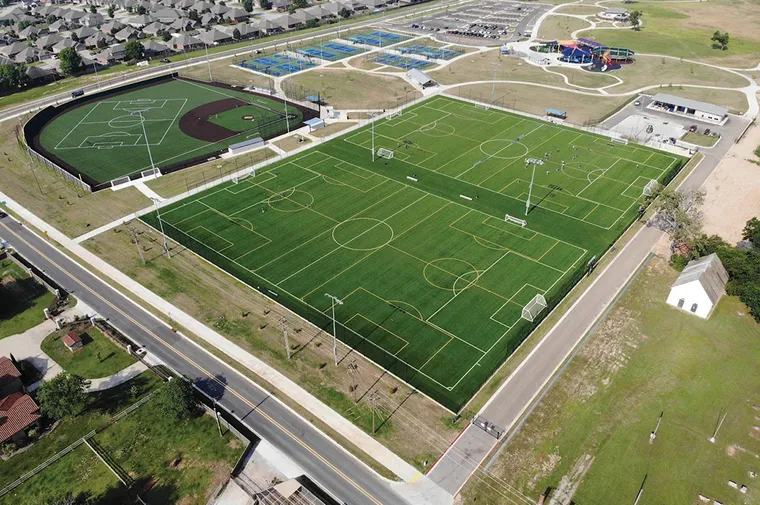Start now for a successful summer of soccer
During this past summer, the world beat a path to America’s doorstep for the FIFA Club World Cup.
The cities that hosted (Philadelphia, Washington, D.C., Seattle, Pasadena, Calif.; Cincinnati, Charlotte, Atlanta, Miami, Nashville, Orlando, and East Rutherford, N.J.) were able to realize economic benefits in hotel stays, restaurant business, and visits to area attractions.
But more than that, those cities (and plenty of others nationwide) lit a fire for soccer that served as a great warm-up for next year when the World Cup arrives. The U.S. is poised to become ground zero for soccer. It raises an important question for local leaders: What are community parks doing to harness that energy?

